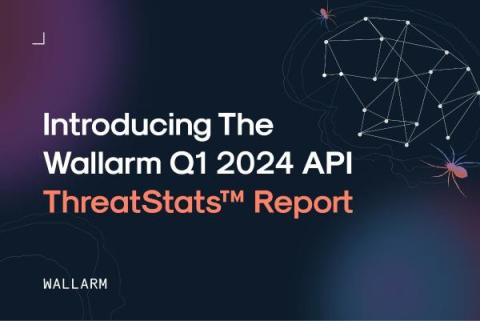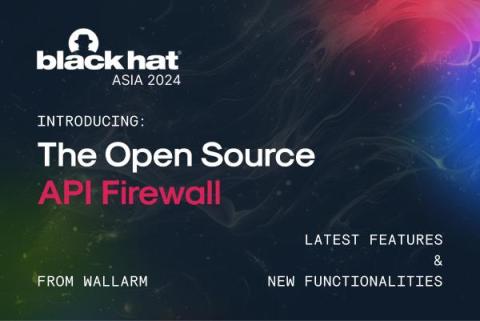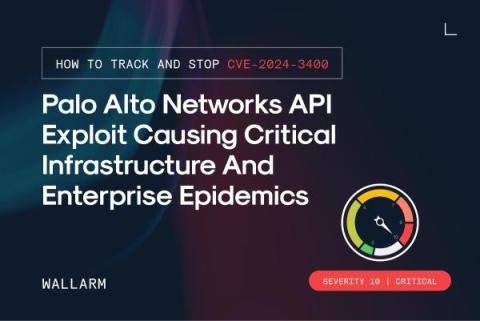Introducing the Wallarm Q1 2024 API ThreatStats Report
As we have in previous editions of the ThreatStats report, we highlight the industry’s top API-related attacks and trends. New to this version, however, is a detailed analysis of API attacks targeting AI-based applications, representing a new and rapidly expanding threat vector. And while we encourage you to download the full report, here are some key observations about what you’ll find within. API threats to AI applications are clearly on the rise.





